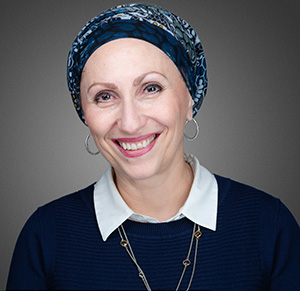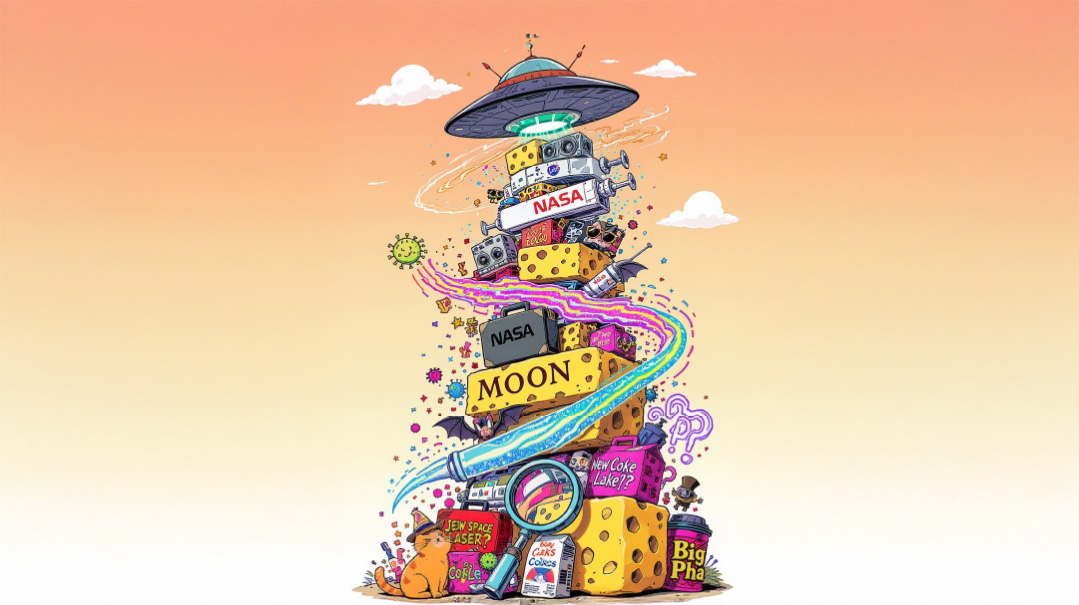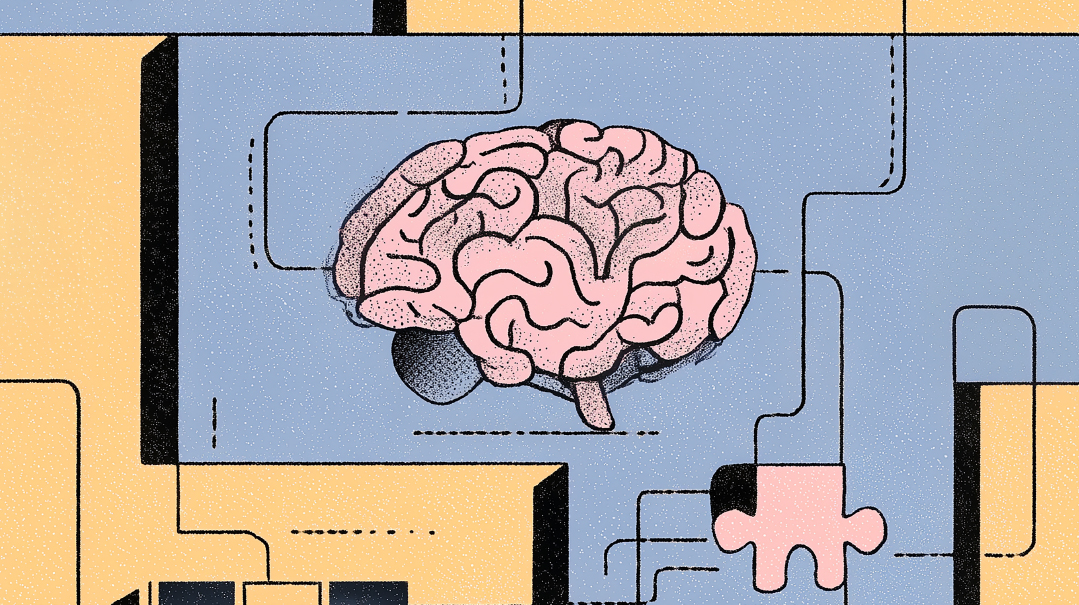The Guru Will See You Now

Why are we losing faith in conventional medicine?

Conventional medical practitioners today are noticing a shift in the way frum patients approach healthcare: There’s an increasing distrust in standard medicine and an almost blind faith in alternative treatments, even ones that are dubious at best and harmful at worst. An inside look at a growing phenomenon
Shoshana was sitting in the waiting room of her ob-gyn. To pass the time, she struck up a conversation with the 20-something woman sitting next to her.
“Is this your first time seeing this doctor?” she asked.
“Yes,” the woman said. “For my previous birth, I used someone else. He was amazing.”
“Really? What made it such a good experience?”
“Well, he was just so natural,” she said. “Not medical at all. And he let me do a home birth, which is what I always dreamed of.”
Shoshana’s approach to medical care is pretty conventional, so she was intrigued by the woman’s story. “If you loved your old doctor so much, why are you switching to a new one for this pregnancy?”
“I would’ve loved to stay with the other doctor.” The woman sighed. “But he’s in jail now. A baby he delivered died. So… here I am.”
Stories of people trusting in quasi-medical “practitioners” are, unfortunately, not an anomaly in our frum circles. There’s a growing receptivity to alternative medical approaches — much of which has little to no scientific backing — and conventional doctors are noticing the shift.
Reena Grant, a nurse-midwife who practices in a hospital in Jerusalem and recently opened a prenatal clinic, relates a time when she was caring for an expectant woman in the hospital whose baby had presented as breech earlier in the pregnancy.
The woman informed Reena that she hadn’t returned to the hospital for the recommended follow-up, but had instead felt safer going to someone in the community who “turns babies.” This wasn’t the first time Reena had heard that — but it always left her feeling uneasy. “Turning a baby,” or external cephalic version, comes with its own risks of cord entanglement, fetal distress, and placental abruption. The observation and monitoring following the procedure are no less crucial (if not more crucial!) than the procedure itself. Suffice it to say that a woman who provides this treatment at home cannot provide the same standard of precaution and monitoring as mandated in the hospital.
“This sort of thing goes on all the time,” Reena told Family First. “I have many patients who distrust the mainstream medical world. Instead, they will go to unlicensed practitioners or practitioners working outside their scope of practice. Regulations and protocols are in place for safe practice. Even the best driver who drives without a license and has never had an accident is breaking the law. When it comes to healthcare, this is even more crucial. All of those licenses and regulations protect patients from potential harm.”
Dr. Hylton Lightman, a pediatrician with a practice in Lawrence, New York, underscores this point. “There are many risks to turning a baby, and follow-up is essential,” he says. “Things can happen like exposing a baby to the mother’s blood cells in the case of Rh incompatibility. There must be ultrasound guidance. To attempt turning a baby otherwise is dangerous.”
If we, as a community, are willingly putting ourselves at risk with alternative medical approaches, it bears asking why. What makes us vulnerable to quasi-medical treatments that may be ineffective at best and risky or harmful at worst? What compels us to seek out pills or procedures that may just be lining the pockets of charlatans? How do we become gullible to claims unsubstantiated by medical evidence?
The primary reason is a painful one, and it’s something that should push the medical establishment to do some serious soul-searching.
Oops! We could not locate your form.







